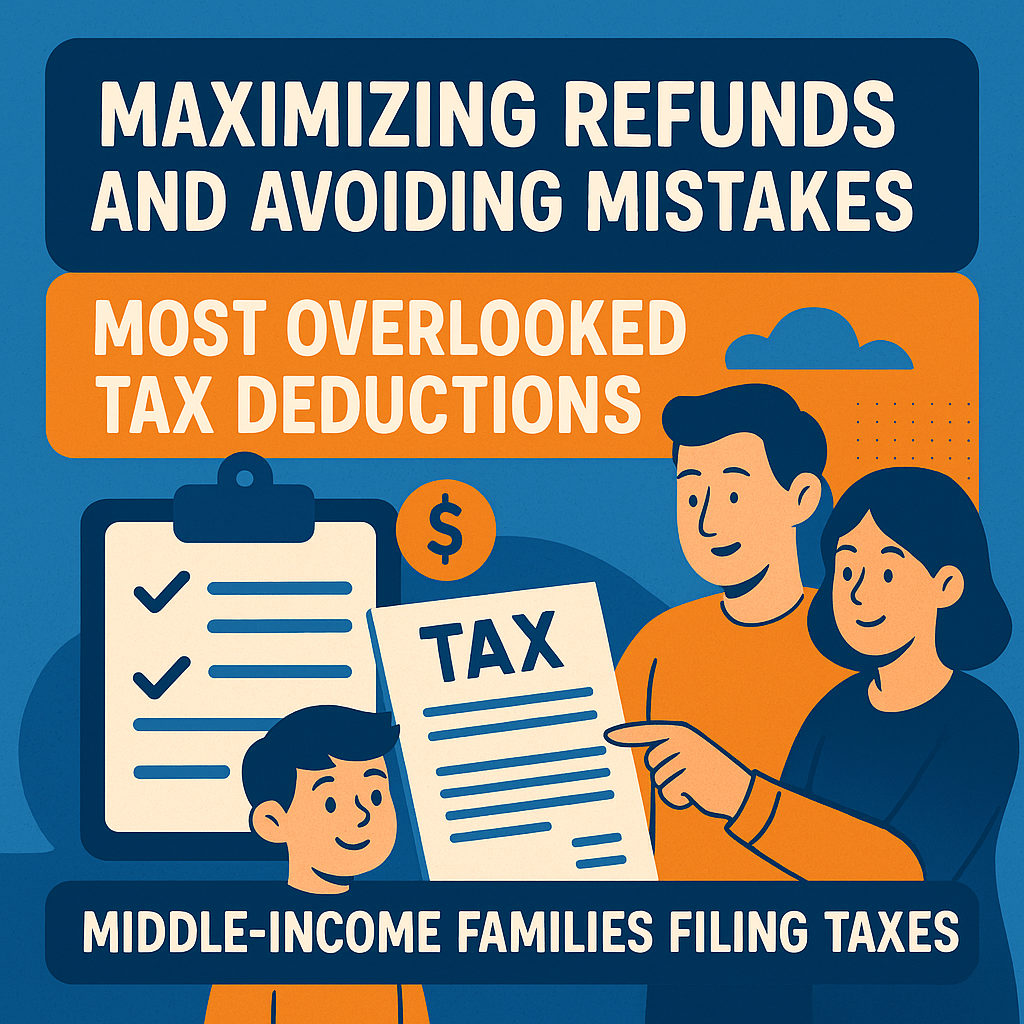Most Overlooked Tax Deductions for Middle-Income Earners
If you’re a middle-income earner, you might feel stuck in the middle—earning too much to qualify for low-income credits, but not enough to ignore every tax bill. The good news? There are often-overlooked deductions that could lower your taxable income and increase your refund. Here’s what to watch for.
1. 🎓 Student Loan Interest
Even if you don’t itemize, you can deduct up to $2,500 in student loan interest—assuming you’re under the income limits (phaseouts begin at around $75,000 for single filers in 2025).
2. 💼 Job Search Expenses (If Self-Employed)
Looking for work in the same field? If you’re self-employed, you may be able to deduct:
Resume prep
Travel to interviews
Job board subscriptions
Note: These aren’t allowed for W-2 employees.
3. 🏠 Mortgage Insurance Premiums
Private mortgage insurance (PMI) may still be deductible for some homeowners, depending on income and loan structure. Many overlook this on their Schedule A.
4. 🩺 Medical Expenses Over 7.5% of Income
If you had high out-of-pocket medical costs, you can deduct the portion that exceeds 7.5% of your adjusted gross income—but only if you itemize.
5. 🚘 State & Local Taxes (SALT)
You can deduct up to $10,000 total for state income taxes and property taxes. This can be a huge break for those in higher-tax states.
6. 🎁 Charitable Donations
Cash and non-cash donations to qualified charities can be deducted—but don’t forget smaller ones like clothing, books, or mileage for volunteer work!
7. 🏢 Home Office Deduction (For Freelancers or Side Hustlers)
If you use a dedicated space for business, you may be able to write off:
A portion of rent/mortgage
Utilities
Internet
Just make sure it’s exclusively for work.
